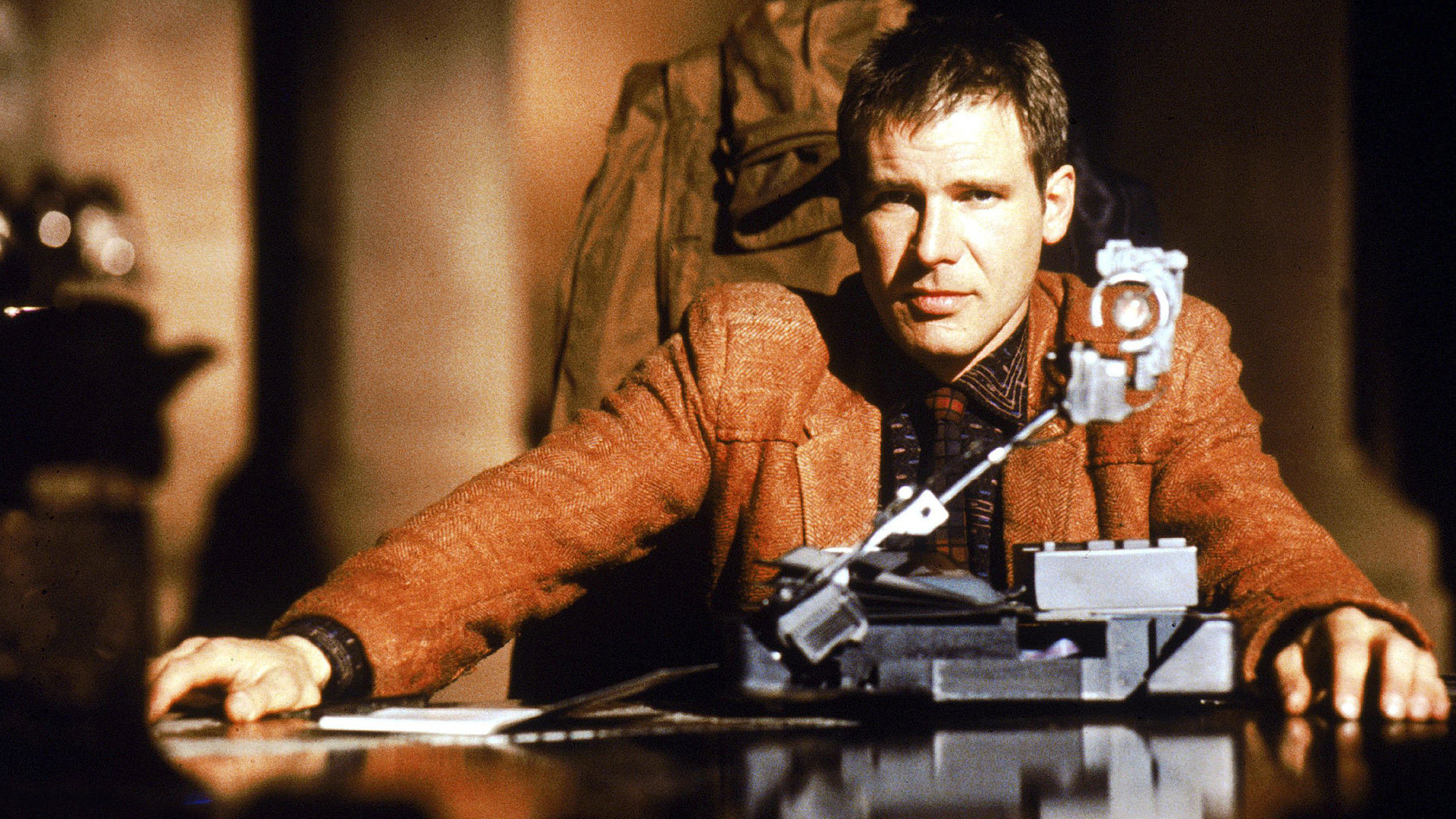This article is part of a series:
Most Believable Sci-Fi Movies
No, this entry isn’t here because of the Replicants, so relax. I don’t think that we’ll be engineering (or hunting) synthetic humans anytime soon. Nor do I believe that we’ll discover a way to genetically engineer and implant false memories in the human brain. Although now that you mention it, that would be preeeetty sweet. Almost as sweet as a Blade Runner sequel. Almost.
Ridley Scott’s 1982 neo-noir sci-fi masterpiece was actually scientifically accurate from an entirely different standpoint. The bleak dystopian setting of the film, might have actually predicted the fate of our world. At least, that’s what the science nerds say. The perpetually-blackened skies seem to hint at an atmosphere suffering from carbon excess, and some of the technology in the film kind exists today. Those futuristic Spinner transport crafts? Yeah, we’ve got that. And they’re about the get a whole lot cooler, too. WEIRD, RIGHT?
Best of all, European tech company Aeromobil has a flying car that will apparently be available to the public very, very soon. Toyota’s been trying to build a hovercraft-type car but….eh. Not as exciting when you’ve got the real thing!
Fun Fact: Philip K. Dick, author of the 1968 novel that inspired Blade Runner, made some eerily accurate predictions; he wrote of nuclear meltdown in the Soviet Union by 1985 (Chernobyl blew up in 1986), and artificial life by 1993 (Dolly the sheep was cloned in 1997).
If you haven’t read it, do it now. It’s called Do Androids Dream of Electric Sheep?
|
NEXT
4 of 11 |



